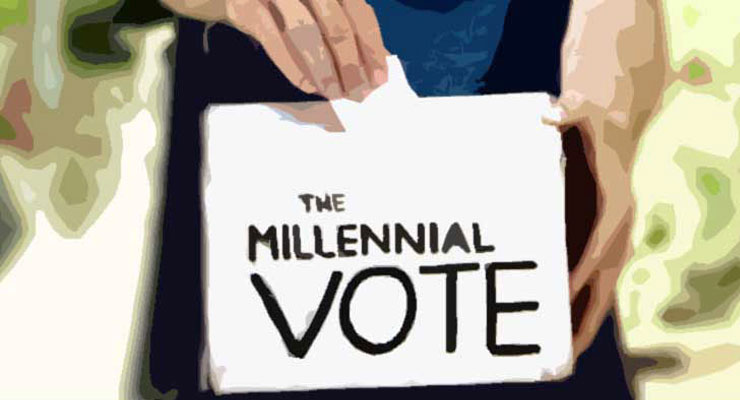 Charlotte Alter is published by Time. Here is an excerpt:
Charlotte Alter is published by Time. Here is an excerpt:
You probably don’t think of 2020 as a generational change election. It resulted in the presidency of Joe Biden, the oldest man ever to take the oath of office. The dramatic week of vote counting, and the subsequent attempts by a sitting President of the United States to subvert the outcome, mean that the election of 2020 will be remembered more as a test for American democracy than one that marked the rising power of a new wave of voters.
But 2020 was a breakthrough moment for the youngest American voters. Last year, I covered how the rise in Millennial political engagement would shape the country in my book, The Ones We’ve Been Waiting For, which is out in paperback this week. Voting data from the election shows that young voters are already reshaping the contours of American politics.
For starters, there are simply more of them. According to new data from the Democratic data firm Catalist, Millennials and members of Gen Z—which together make up the American adults born since 1981— now represent 31% of the electorate, up from 23% in 2016 and just 14% in 2008. Meanwhile, the voting blocs that have long maintained an iron grip on American political power are receding. In 2008, Baby Boomers and older generations (American adults born before 1964) made up 61% of the electorate; by 2020, they were only 44%. “That’s a permanent change,” says Yair Ghitza, chief scientist at Catalist. “And it’s only going to grow from there.”
Read the full story here.
Leave a Reply